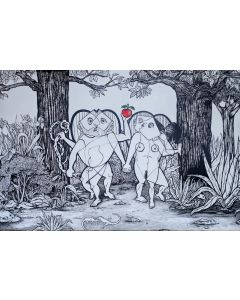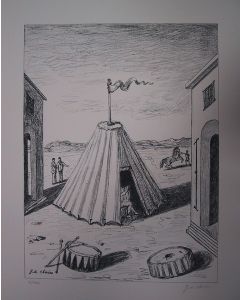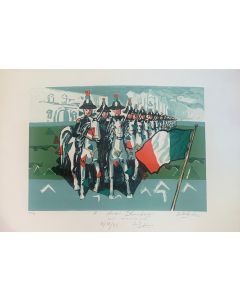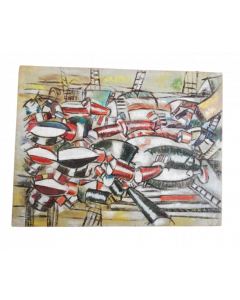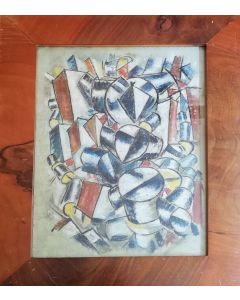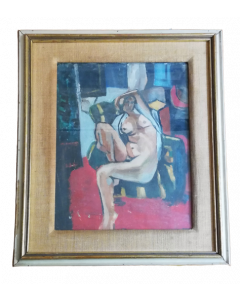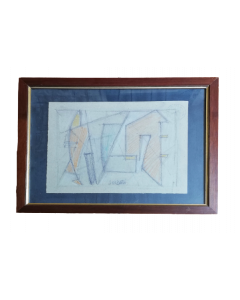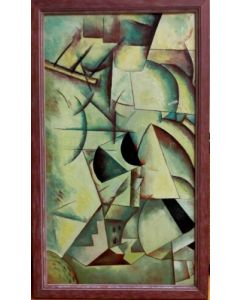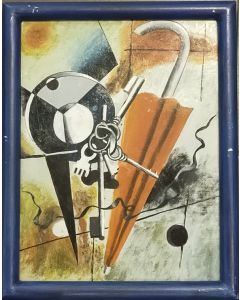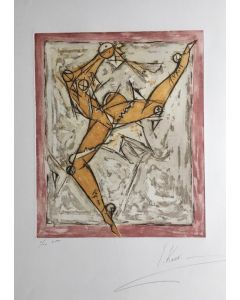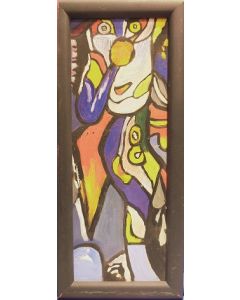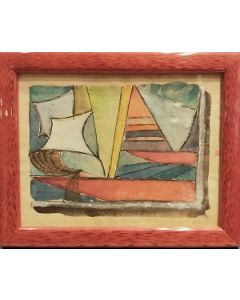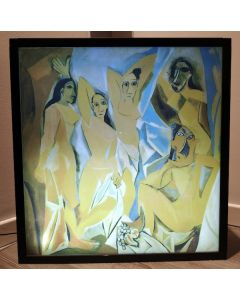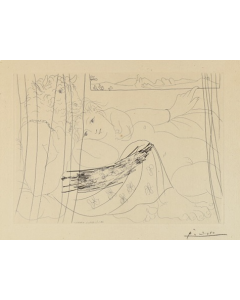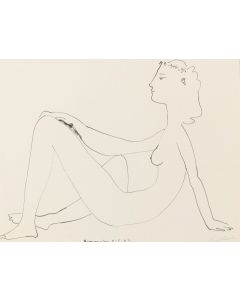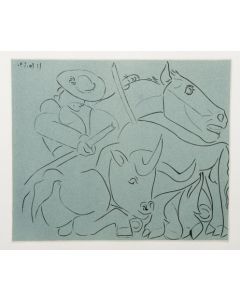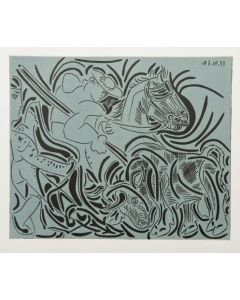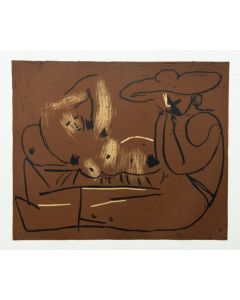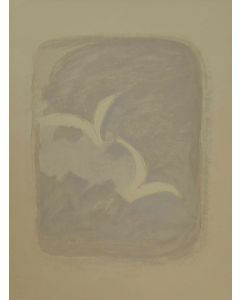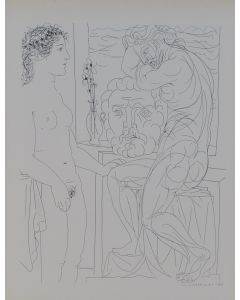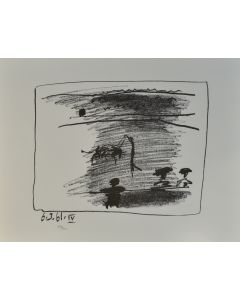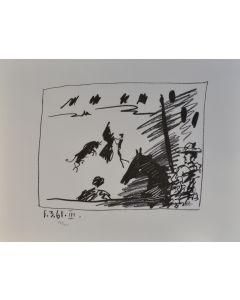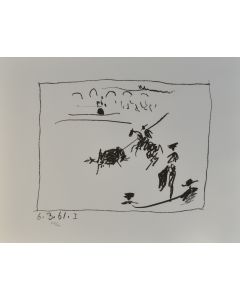Cubism
Cubism was born in the early twentieth century in Paris, becoming fast one of the most important and famous art's movement in Europe. It represents the real nature of the objects, showing us how the artist sees them and not how they generally seem. Everything is reduced to geometric composition which, united, gives life to what we see. Cubism is divided into three different moments: proto-cubism, high cubism and late cubism.
Proto-cubism has as its objective the analysis of reality and wants to show us the simple things on which reality is based, taking what is objective (things around us) to what is subjective (what the artist sees). Picasso and Georges Braque's early artworks are the most representative of this period.
High cubism is the most “geometric” kind of Cubism and its mission is to decompose the objects in essential forms (circle, square, triangle...) giving to each one a color. So the canvas will be monochrome or based on a single color tone. The result could be abstract, but Picasso and Braque put numbers, writings or pieces of cloths in their artworks to underline the difference with abstractionism.
Late cubism is the latest phase and it is quite different from the previous ones. In this case, the color is the most important feature and, sometimes, the artwork can be defined abstracted. The principle of the decomposition remains, but resulting as a blaze of colors and nuances. The rhythm is faster and the image is overflowing, in opposition to the first period of the movement when all was reduced to the essential.
-
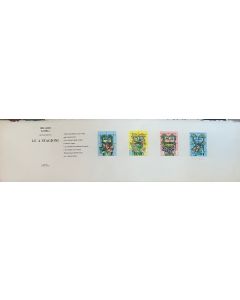 Ibrahim Kodra, The 4 Seasons, Lithograph, 80x20 cmSpecial Price £84.08 Regular Price £126.12
Ibrahim Kodra, The 4 Seasons, Lithograph, 80x20 cmSpecial Price £84.08 Regular Price £126.12 -
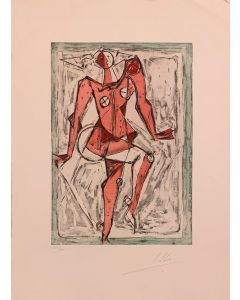 Isaac Kahn, Danseur, Etching and aquatint, 56x76 cmSpecial Price £206.00 Regular Price £294.28
Isaac Kahn, Danseur, Etching and aquatint, 56x76 cmSpecial Price £206.00 Regular Price £294.28

